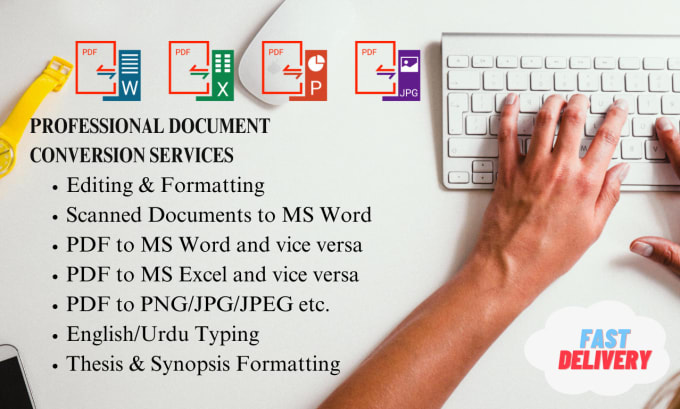
Title: Unsurprisingly, this is the one you use for the title of your book on the aptly named title page.Normal: Use this style for the body text of your manuscript.There are a number of different styles for different applications, which we’ve taken the liberty of outlining for you: To split an ebook up into chapters correctly, it’s important to make proper use of headings, which you can find listed as ‘Styles’ in Word’s ‘Home’ tab. Chapters, subheadings, and the table of contents Georgia or Baskerville are always solid choices for serif fonts, and Arial, Helvetica or Verdana are never bad options when it comes to sans-serif fonts. As long as you can stand looking at it while typing, it’s fine. The moral of this story? Don’t worry too much about finding the perfect font. This means that whatever font you end up using in your manuscript will most likely be overridden by the e-reader on which your book is being read.

That’s because most e-readers allow readers to select their preferred font. FontsĬhoosing a font for an ebook manuscript is a bit more complicated than you’d think. You don’t have to format your Word document from scratch! We’ve put together a handy downloadable template for you with all the most important settings for a good e-book toggled on. Word template for ebooksĪlright, let’s start this section off with some good news. This can sound rather vague, but just try to imagine that you’re writing on a single, massive page and ask yourself whether you’d still be able to understand the text as a reader. In other words, don’t worry about the position of paragraphs on a Word page, but make sure that the text itself is well-structured and that the spacing between paragraphs makes sense. In practice, this means that even though a certain section of text fits on a single page in Word, it can be spread out over several pages on an e-reader. PDFs don’t support this adaptable text, which is why we don’t let you upload your e-book manuscript in that format. As such, the layout of your e-book will vary depending on the device on which it is being read.

That means that the text in an EPUB file adapts to the size of the screen it’s displayed on – go science! This means that on a smaller screen, sentences are shortened and your book will have more pages than it would on a bigger screen.

Here are some tips for doing just that! How do ebooks work?īefore we get into how you should format your manuscript for the best possible EPUB, it’s worth looking briefly at why this formatting is even necessary.ĮPUBS are “reflowable”. Nevertheless, to make sure our conversion process gives you a slick, professional-looking EPUB, it’s a good idea to format your Word document a certain way before uploading it. When you upload your manuscript as a Word file, we make life easy for you by converting that file to an EPUB automatically. When making an ebook, you have the option of uploading your manuscript as either a Word document (.doc/.docx) or an EPUB file. Well, in that case, you’ve come to the right place we’ve got you covered! So let’s say you want to make an ebook, but you’re not sure you want to mess with all that EPUB conversion software.

Format an Ebook Manuscript Before Uploadingįormatting a traditional manuscript is already a daunting task, and an ebook manuscript can seem even trickier, since it has to be readable on a number of different devices.


 0 kommentar(er)
0 kommentar(er)
